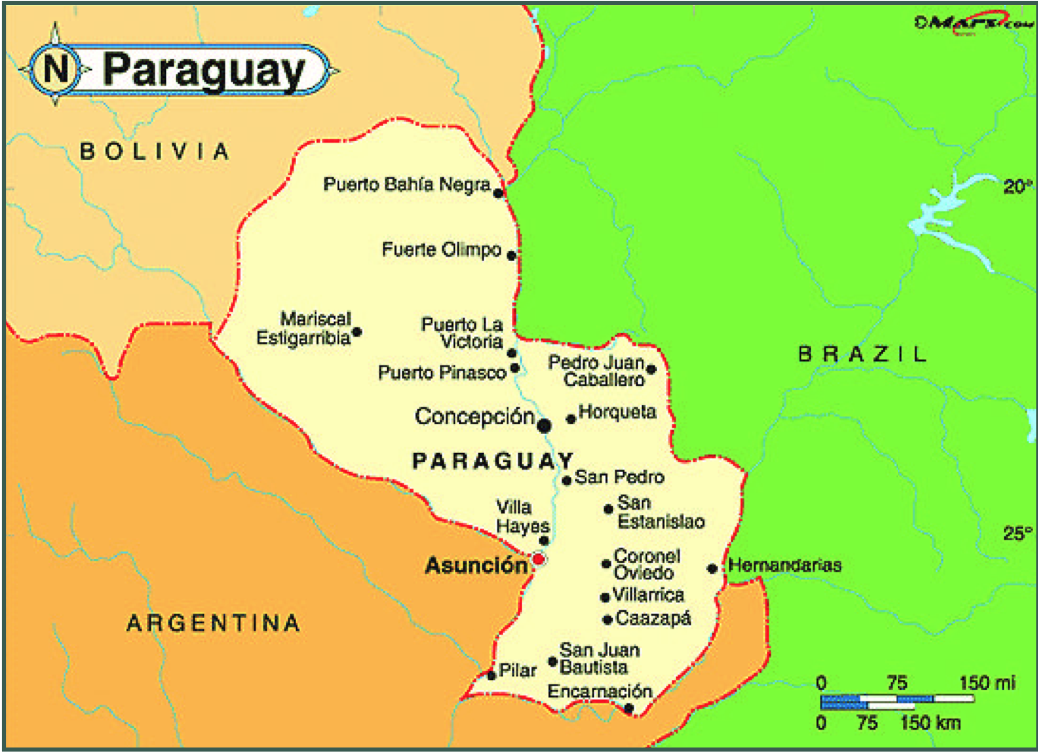
Contemporary Forms of Slavery in Paraguay
The economic crisis which hit the southern cone in the late 1990s affected Paraguay particularly severely because of its large informal economy and weak political institutions. Democracy was only re-established in Paraguay in 1989 after a prolonged period of dictatorship under Stroessner (1954-1989). The economic crisis resulted in per capita incomes falling by 15 per cent between 1999 and 2003.
In 2003, President Duarte Frutos was elected with a clear popular mandate to sort out the economy and tackle corruption. However, poverty and crime increased without any appreciable impact on corruption and this undermined faith in the democratic process. One survey found that 90 per cent of the population was dissatisfied with the way democracy worked in Paraguay and 44 per cent believed that authoritarian government can be preferable to democracy (the highest percentage in Latin America).
This disillusionment is clearly linked to poverty levels which rose to affect 34 per cent of the population by 2001, 16 per cent of whom were in extreme poverty. Three quarters of those in extreme poverty lived in rural areas.
Inequalities of wealth are stark with just 10 per cent of the population receiving 58 per cent of the national income and the poorest 50 per cent getting just under seven per cent.
To read the full report, please click here.
Anti-Slavery International is the world’s oldest international human rights organisation, and bases its work on the United Nations treaties against slavery campaigning for freedom from slavery for everyone, everywhere.
